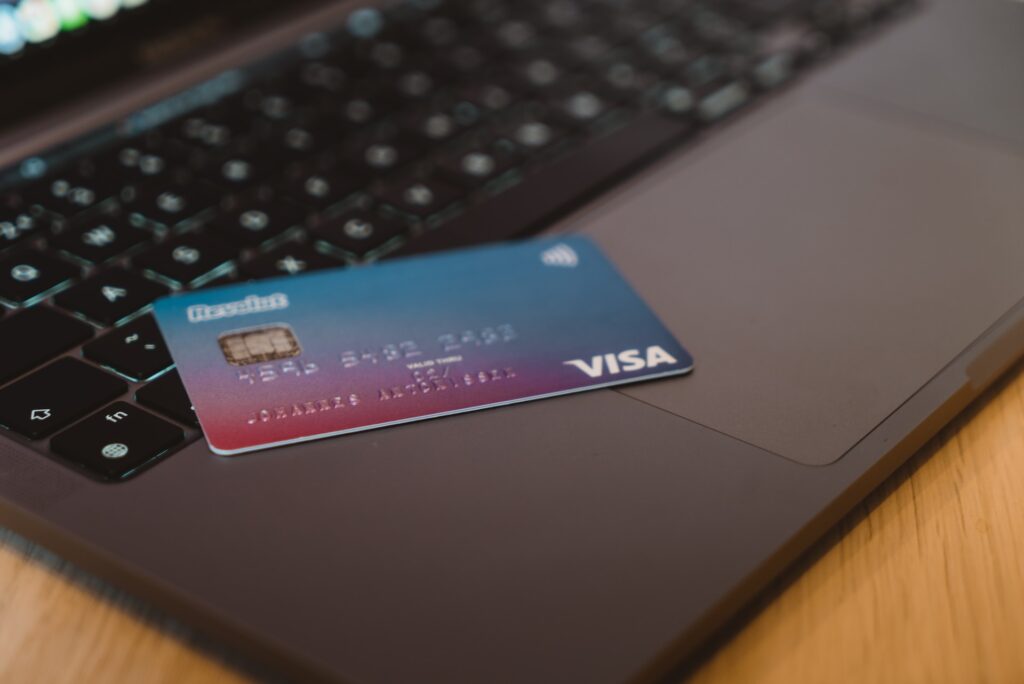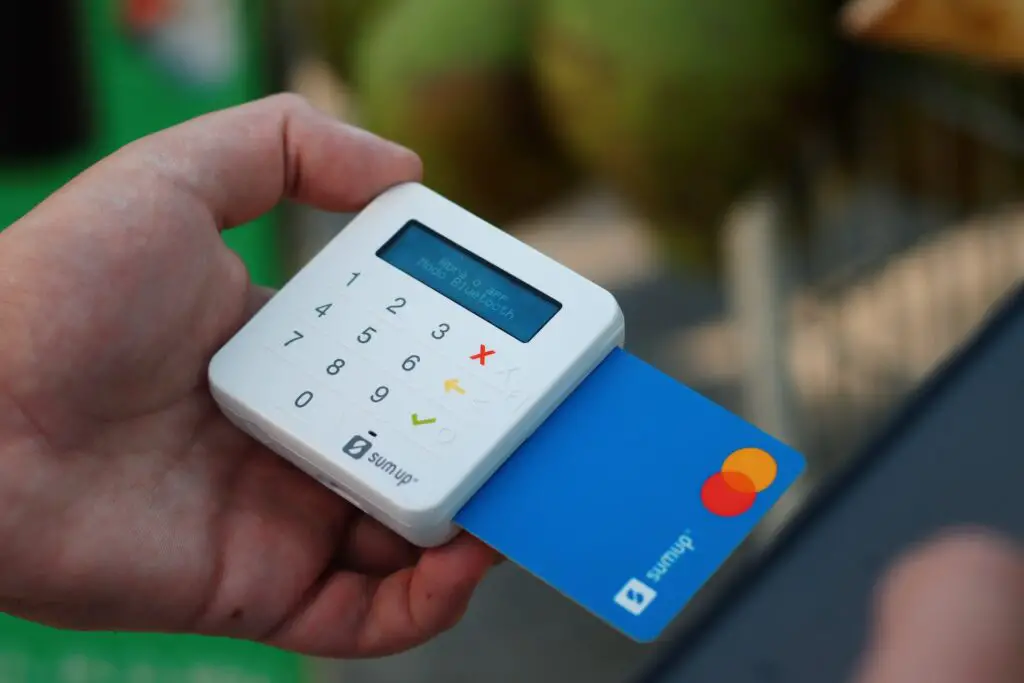You may use credit cards to manage your finances, develop credit, and get rewards, but you must use them properly. One mistake might cost you a lot in interest and fees, lower your credit score, and make it harder for you to borrow money in the future.
Instead of blindly swiping your card, you may position yourself for financial success with the right information.
A credit card is what?
You can utilize a credit card’s revolving source of credit to make purchases with the assurance that you will pay the card’s issuer back later. Your issuer establishes the credit ceiling on your account when you enroll for the card and are authorized.
Every time you use a credit card, a portion of your available credit is borrowed. If you are able to repay your debt in full at the appointed time each month, you will not be charged interest. Making the minimum payment by the due date, which is often a predetermined percentage of the entire debt, can maintain an account in satisfactory condition and prevent late payment fees if you are unable to pay the whole statement balance.
The leftover balance, however, will carry over to the following month and start to earn interest.
Basics of credit cards
To identify the person who holds it and protect personal information, card cards have been printed with important information. For instance, the 15 or 16 digits on your credit card are not merely chosen at random; rather, a particular formula that adheres to an international standard was used to construct them. You can visit https://www.kredittkortinfo.no/ to learn more about the card basics.
Number on a credit card
On either the front or reverse side of your credit card, the account number is often printed as a fifteen or 16-digit number. Your card number aids in locating the network, cardholder, and issuing bank.
Name of cardholder
Along with the charge card number, the cardholder’s name can be found on the physical credit card. Your moniker is listed exactly as it is written on your official identification.
Date of expiration
The expiration date on your credit card offers further fraud protection, but it also allows the issuer a chance to regularly refresh the card. This date may be found on the back of the credit card, usually between the cardholder’s name and the card number.
Although you can no longer use the actual card when it expires, your account will still be active. Before your current card expires, your issuer will often give you a replacement; but, you can also get in touch with them to make your own request.
CVV
The CVV, or Card Validation Value, is a 3- or 4-digit number displayed on your credit card that is used to assist merchants validate your identity when you are not physically present. The CVV is unique to every credit card. The replacement credit card you get if you lose yours will be equipped with a new CVV.
Account details
The most crucial account information for your card may be found on your bank’s website or mobile application. Information including your balance, history of transactions, interest rate, and incentives are included in this.
You have the option of choosing between receiving your monthly bill digitally or via mail. The most current activity on your account as well as payment details are included in your statement, which contains vital information. The following can be found on the card’s statement:
Accounting balance
All payments and transactions made over your latest billing cycle are reflected in your statement balance. By making timely, full payments of your bill balance each month, you can avoid incurring interest and any late fees.
Existing balance
The billing statement balance includes all charges, interest, and fees related to your account since the closure date of your last statement, less any payments or credits, make up your current credit card balance. In other terms, it is the total of all you owe right now. Each time you use a credit card as well as make a payment, this number is updated.
Credit ceiling
Every time you use your credit card to make a purchase, you are borrowing against a credit line and credit limit. The most you may charge on your credit card depends on your credit limit. Your issuer determines it depending on a number of variables, including your revenue and credit score.
If your credit history is in excellent standing, lenders may see you as not as much of a risk and may provide you a bigger credit limit.
Try not to spend over thirty percent of your card’s available credit at any one time in order to preserve a high credit score. This is due to the fact that 30% of the credit score calculated by FICO is determined by your credit usage ratio, which is the proportion of your entire debt to your total available credit. Your score might be affected if your credit use ratio is too high.
Payment cycle
The time between the closure date of one statement and the next is known as the billing cycle for your credit card, which normally lasts from 28 and 31 days.
Grace duration
The grace period on your credit card is the amount of time customers have to settle the balance in full before interest is charged. Your leniency period is the amount of time between the conclusion of an invoice cycle and the due date of your payment, which must be at least 21 days long.
Your unpaid debt will start to accumulate interest if your statement balance is not paid in full by the conclusion of the grace period.
Money in advance
You can receive cash directly by taking out a cash advance on your credit limit in lieu of using the card you have to make purchases. The APR on cash advances, however, is typically much higher than your card’s standard APR, and you can also be hit with large cash advance costs.
Since there are often no grace periods for cash loans, interest starts to mount immediately.
A minimum amount
The minimum payment required by your credit card is the least amount you may pay toward your debt in order to keep your account current and avoid late fees and penalties. The sum that remains after the grace period, nevertheless, will start to earn interest if you merely make the minimum payment.
Charges for using a credit card
If you are not careful, carrying credit cards may become pretty pricey. However, if you know how to avoid them, the majority of fees are preventable. Observe the following:
APR
The rate of interest that you pay while you have a balance on a credit card is determined by the yearly interest rate, or APR, of your card.
Typical variable card APRs are based on the rate known as the prime rate. By making timely, full payments on your amount each month, you may completely avoid incurring interest.
A yearly charge
Some credit cards include a one-time yearly fee that can be anywhere between a maximum of $100 to greater than $600 every year in order to keep the card. If the benefits or incentives of the card surpass the expense of the yearly charge, which is conceivable, then paying an annual fee could be the best course of action.
Costs for late payments
If you do not pay at least the required amount by the credit card’s billing due date, your issuer will charge you a late payment fee.










0 Comments